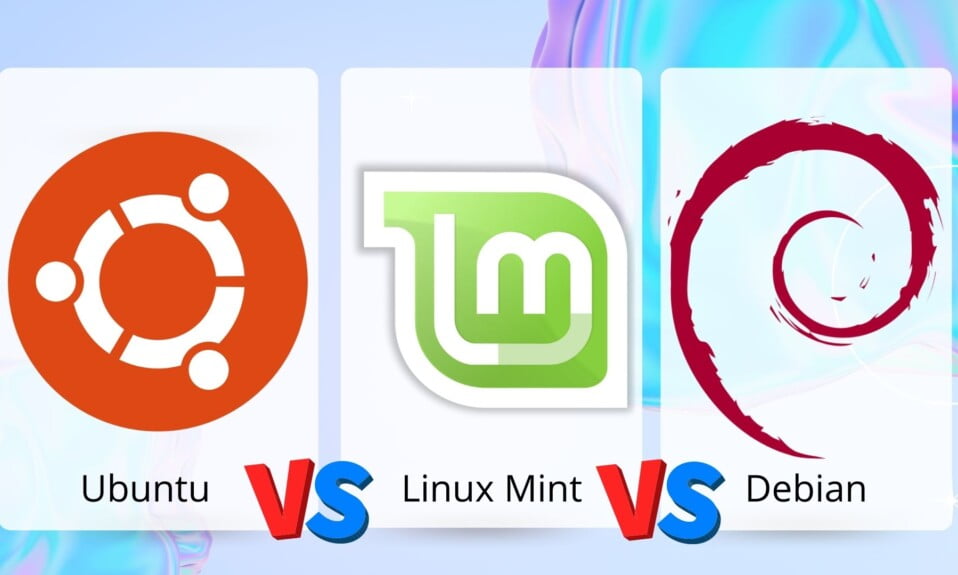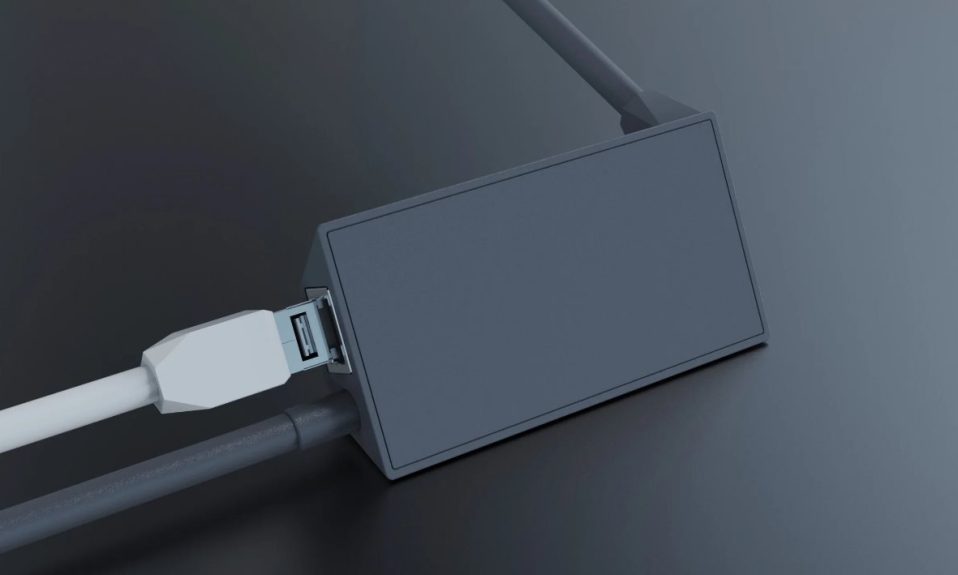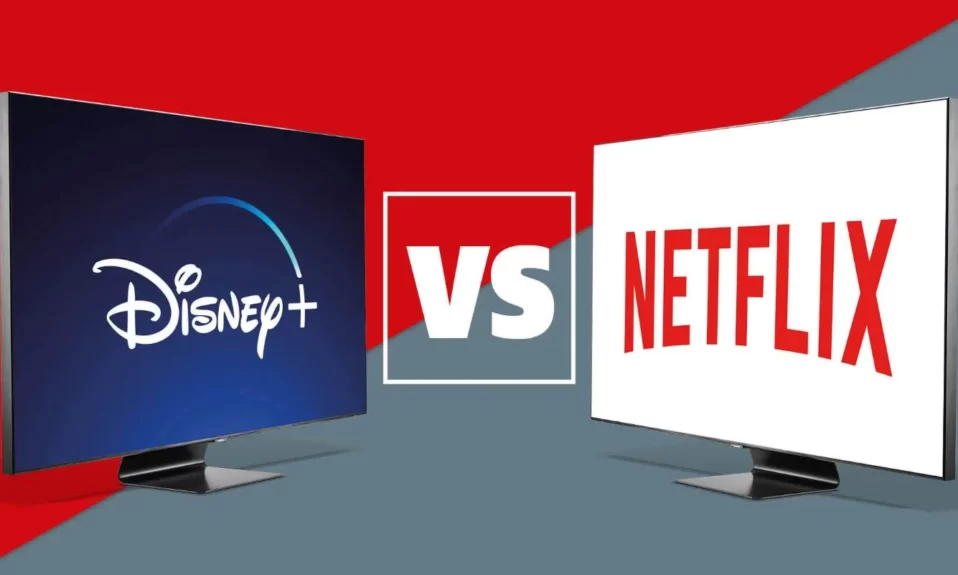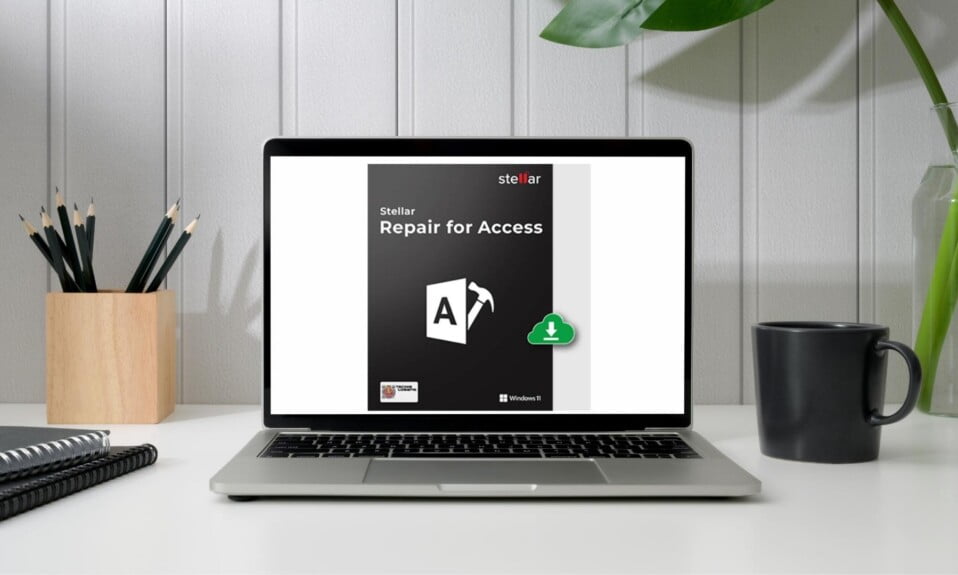If you’ve heard of Ubuntu, the most popular Linux distribution for desktop computers, you’ve probably also heard of Debian and Linux Mint.
With so many Linux distributions to choose from, it’s understandable that a newcomer might struggle to tell them apart. These three options have a lot in common in this case, but there’s still a lot that separates them.
Debian-Based Linux Distributions
There are hundreds of Linux-based operating systems (also known as “distributions” or “distros”) to choose from in the Linux world. The majority of them build on top of an existing distro and make various changes. There are only a few that aren’t derivatives of something else.
One of them is Debian, which is the parent of the vast majority of other Linux distributions. The most well-known descendant is Ubuntu.
Despite the fact that Ubuntu is based on Debian, it has spawned a slew of other distributions. For example, Linux Mint is based on Ubuntu.
If you connect the dots, you’ll see that Linux Mint is based on Debian in the end.
Linux Mint, on the other hand, is not Ubuntu, and Ubuntu is not Debian. While they may share a lot of the same technical underpinnings, you’re not going to get that impression when you first start them up.
Debian
Ian Murdock, a software engineer, released the first version of Debian in 1993, establishing a community of developers who would collaborate to provide a stable way to use the best free software available. His name and his then-name, girlfriend’s Debra, were combined to form the name.
Debian is more than a desktop operating system, and you can install it on your laptop to replace Windows. It’s a large collection of software that you can customize in a variety of ways to give you the experience you want. This is why Debian is used as a foundation for so many projects.
However, Debian can be installed as a desktop operating system. Although there is a default desktop experience available, the installer allows you to select which desktop interface you prefer. You can even go without a graphical interface altogether, which is ideal for servers.
Because of this autonomy, the Debian teams delegate the majority of design and usability decisions to the various free software projects. What the GNOME or KDE teams decide has a bigger impact on how Debian looks and feels than what Debian developers think.
Custom themes and personal style aren’t as abundant as they are in Ubuntu and Linux Mint, but that isn’t necessarily a bad thing.
Custom themes aren’t supported by the GNOME desktop interface, for example, and many app developers have actively requested that distros stop theming their apps.
Debian’s Package Management
However, there is a significant portion of the experience that is unique to Debian. That’s what package management entails. The DEB package format and the APT package manager are used by Debian.
However, because Ubuntu and Linux Mint are both Debian-based distributions, we won’t go into detail about them here.
This isn’t to say that Debian isn’t noteworthy. There are many reasons to use Debian, but only a few are likely to matter to people who are new to free software.
If you’re switching from another Linux distribution, you’ll notice that much of the software is older than what you’ll find elsewhere.
Aside from security patches and other routine maintenance, new Debian versions are released every two to three years, and app updates are frozen in time alongside the rest of the system. You can use newer software on Debian, but do so at your own risk of more bugs and instability.
In short, Debian isn’t difficult to use, but it caters to technical users more than Ubuntu or Linux Mint. Debian is ideal for those who value free software’s values, want more control over their PC’s operation, are setting up a server, or value long-term stability.
Ubuntu
Ubuntu, unlike Debian, is a for-profit enterprise. Ubuntu was first released by Canonical in 2004. The goal was to create a version of Linux that was more user-friendly for non-technical people. “Linux for Human Beings” was the slogan.
So, what distinguishes Ubuntu from Debian? To begin with, there was a distinct product: the Ubuntu desktop. Canonical hired programmers to make the default experience as enjoyable as possible for users.
Canonical now offers a more user-friendly installer, a restyled GNOME desktop, and updated software.
Ubuntu packages are derived from Debian’s unstable branch. As a result, advanced users can get this software on Debian as well, but at the risk of a less stable desktop.
The Snap Store
Canonical created the snap package format in order to entice commercial software developers to release apps on the Snap Store.
Ubuntu is the Linux distro with the most software support from non-Linux developers, thanks to the Snap Store and Ubuntu’s position as the most widely used version of Linux. This applies to apps like Skype and Steam, as well as a large number of PC games.
Canonical’s snap format is a cross-platform format that works with any Linux distribution. As a result, many of these advantages are no longer limited to Ubuntu users.
Ubuntu follows a consistent release schedule, with new long-term support releases every two years. Every six months, interim releases are released. This makes it ideal for those who enjoy regular updates as well as those who simply want a trustworthy computer.
Beyond the mainstream version, Ubuntu comes in a variety of flavors. Lubuntu uses the LXQt desktop environment, while Kubuntu uses the KDE desktop environment.
Xubuntu uses the Xfce desktop, while Ubuntu MATE comes with the MATE desktop (surprise!). If you don’t like the default interface, try one of the many Ubuntu flavors.
Linux Mint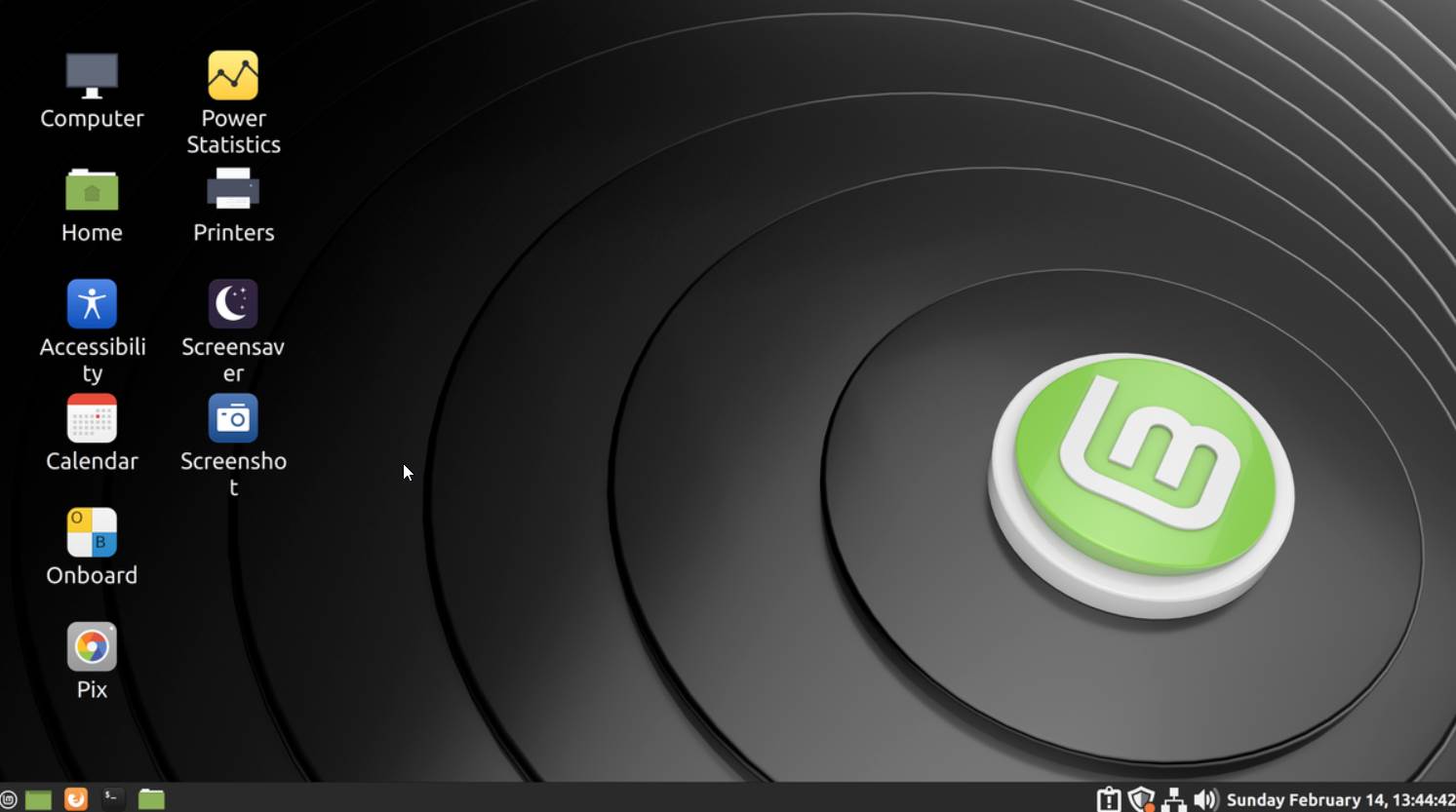
Clément Lefèbvre founded Linux Mint in 2006, just a few years after Ubuntu was released. In the early days, when the Mint developers were deciding how to structure the technical aspects of the desktop, there was a lot of trial and error. Finally, they decided to make Linux Mint fully compatible with Ubuntu’s desktop.
Both distributions have similar repositories and can install the same software. DEB packages for Ubuntu will work in Linux Mint as well. Snaps aren’t particularly popular among the Linux Mint team, but you can still use them.
The most significant distinction between Mint and Ubuntu is the initial desktop experience. The Cinnamon desktop environment, which by default resembles Microsoft Windows, was created by the Linux Mint team. The bottom left has an app launcher, the bottom right has a taskbar, and the bottom right has system icons.
Mint comes with a number of tools that make installing apps and changing desktop themes a breeze. Mint also has the option of pre-installing multimedia codecs, which you would have to do after installation on Debian and Ubuntu.
People have been encouraged to choose Linux Mint as an easier or more comfortable desktop to learn and use on a daily basis as a result of these changes.
If you don’t care for the Cinnamon desktop, Linux Mint also comes in MATE and Xfce flavors. Both have the same theme and general layout, but older machines may run more smoothly. If you want the Linux Mint experience without the Ubuntu base, a version based solely on Debian is also available.
Download Links of all Linux Distros
The Bottomline: Debian vs. Ubuntu vs. Linux Mint
Debian is a good choice if you’re a long-time free software user who prefers distros that don’t make changes to “upstream” code. However, while Debian is very usable, it’s probably not the best place to start for a new Linux user.
Anyone who is familiar with computers should be able to figure it out, but Ubuntu and Linux Mint are easier to use and, in my opinion, look better.
The same can be said for elementary OS and Pop! OS, both of which are Ubuntu-based. If you like Debian, you might enjoy Fedora, which is another upstream-focused project that isn’t based on another distribution.
There are so many more great Linux distros to consider if you aren’t already paralyzed by choice.
We hope this guide helps you choose between the best Linux distros. If you liked this, don’t forget to check out our other reviews.
Furthermore, if you have any questions or suggestions, please use the comment below to contact us.

